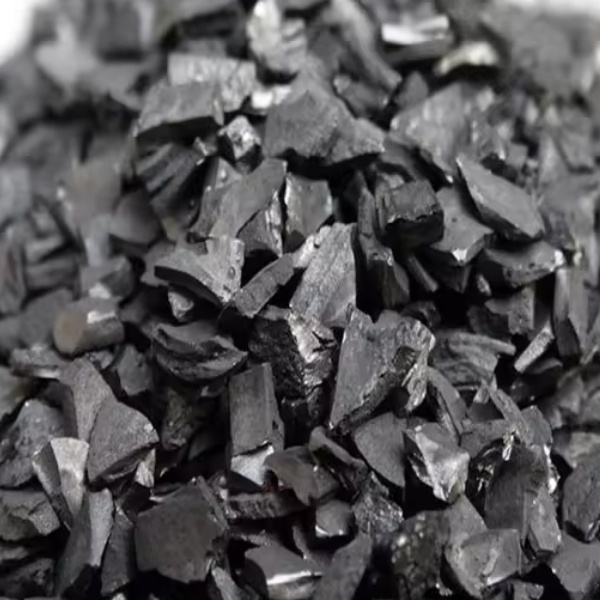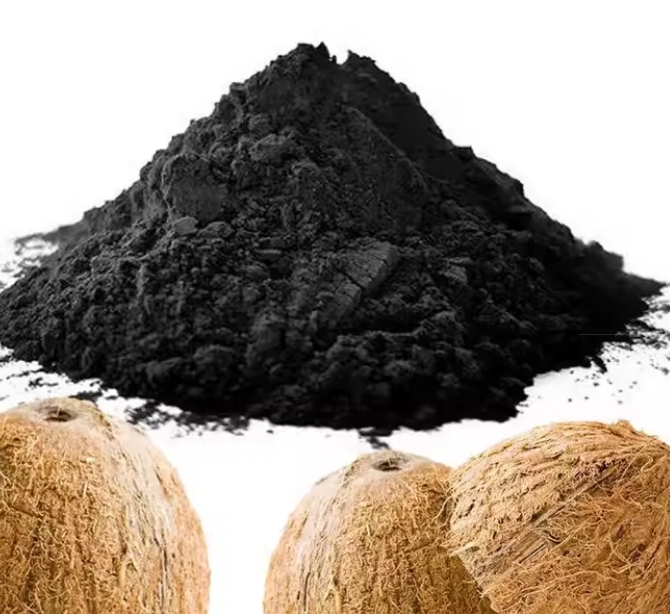Coconut Shell Activated Carbon 6X12 CTC 55 is a specific type of activated carbon made from coconut shells, which is known for its high adsorption capacity and efficiency in removing impurities from liquids and gases. Here’s a breakdown of what the terms typically mean:

Coconut Shell Activated Carbon:
Coconut Shell: This type of activated carbon is derived from coconut shells, making it a renewable and environmentally friendly product. Coconut shell carbon is known for its hardness and high density, which results in superior filtration capabilities compared to other forms like coal or wood-based carbons.
Activated Carbon: This is carbon that has been processed to have small, low-volume pores that increase the surface area available for adsorption or chemical reactions. It’s commonly used for water purification, air filtering, and industrial processes due to its high adsorption capacity.
6X12 Mesh Size:
Mesh Size: The numbers 6×12 refer to the mesh size of the granules. Mesh size indicates the size range of the granules in the activated carbon. In this case:
6 mesh means that 95% or more of the carbon granules are retained by a sieve with 6 openings per inch.
12 mesh means that the carbon granules can pass through a sieve with 12 openings per inch.
This size range suggests that the granules are relatively large, which is often used for applications requiring high flow rates and lower pressure drops.
CTC 55:
CTC: This stands for “Carbon Tetrachloride Activity.” It’s a measure of the activated carbon’s ability to adsorb specific gases or vapors.
CTC 55: A CTC number of 55 indicates that the carbon has a high adsorption capacity, meaning it can adsorb 55% of its weight in carbon tetrachloride. This metric is often used to gauge the performance of activated carbon in vapor-phase applications.
Applications:
Coconut Shell Activated Carbon 6X12 CTC 55 is commonly used in various applications, including:
Water Treatment: Removing chlorine, chloramines, VOCs, and organic compounds from water.
Air Purification: Adsorbing odors, VOCs, and other gaseous pollutants.
Gold Recovery: Used in the mining industry for the recovery of gold.
Food and Beverage: Purification processes to improve taste and remove contaminants.
Advantages:
High Surface Area: Offers high porosity and large surface area for adsorption.
Low Dust Content: Reduces the risk of contamination and maintenance requirements.
Renewable Source: Made from coconut shells, which are a renewable resource.
Hardness and Durability: Resistant to attrition, making it ideal for high-flow applications.
If you have specific questions about its uses or properties, let me know!



